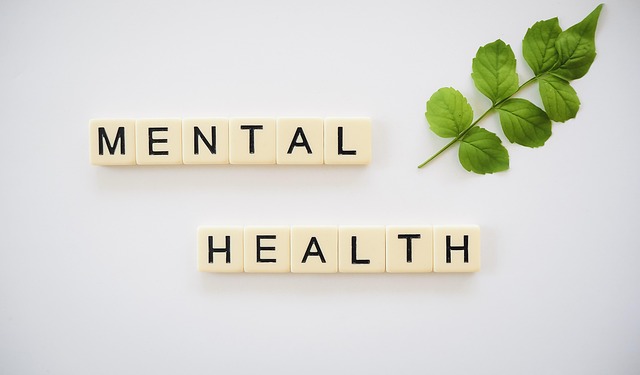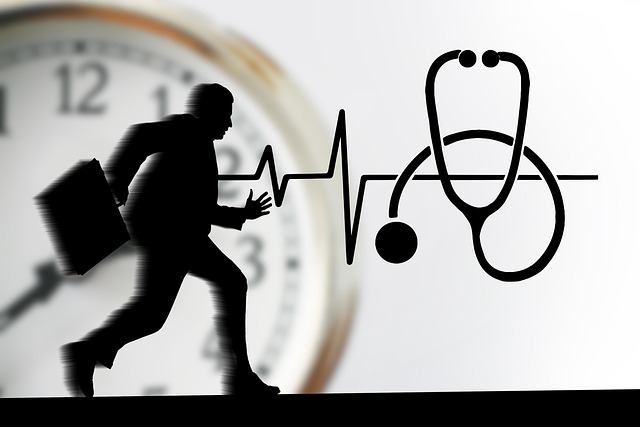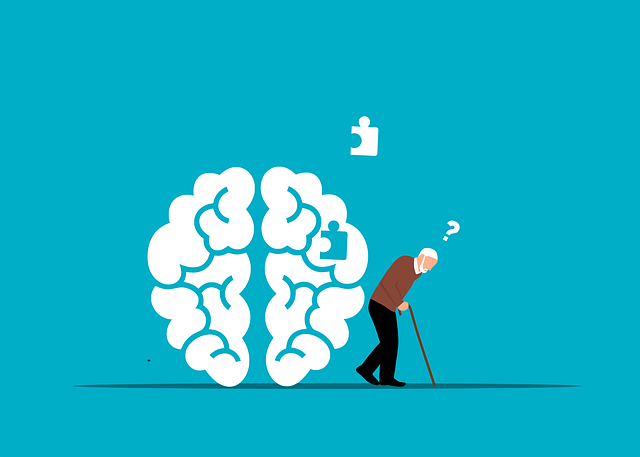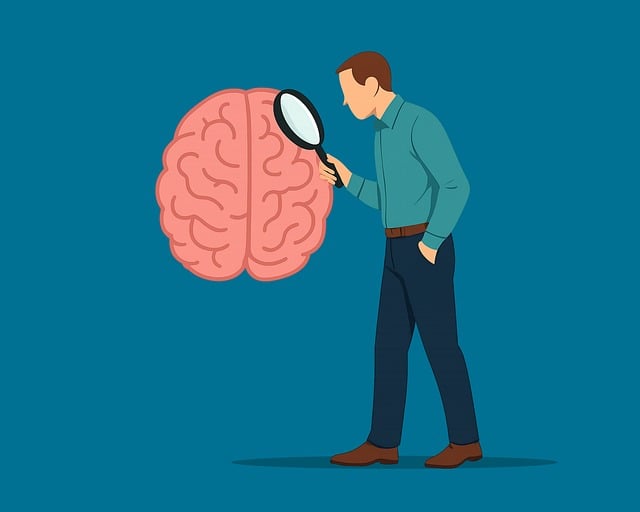Mental health professionals must constantly assess and address risks in therapy for adolescent teens, who face unique challenges like self-esteem issues due to peer pressure, academic demands, and rapid identity shifts. Through policy analysis and advocacy, they uncover emerging trends, enabling them to adapt strategies for depression prevention and healthy self-esteem development. Balancing teen autonomy with therapeutic goals, managing emotions, and addressing stigma are crucial, as case studies show that effective risk management creates a safe environment, enhancing therapy outcomes.
In today’s challenging landscape of mental health care, particularly within teen therapy settings, risk assessment is paramount. This article delves into crucial aspects of managing risks for mental health professionals working with adolescent clients. We explore common challenges and potential hazards, highlighting case studies to illustrate their impact. Additionally, we scrutinize self-esteem as a pivotal protective factor and vulnerability indicator, offering tools to assess and bolster it during therapy. Furthermore, best practices in strategic risk management are presented, emphasizing the creation of resilient therapeutic environments and clear boundaries. Key focus: therapy for adolescent teens and self-esteem.
- Identifying Risks in Adolescent Therapy
- – Exploring common challenges and potential hazards in teen therapy settings
- – Case studies: examples of risks and their impact on clients and professionals
Identifying Risks in Adolescent Therapy

Identifying risks in therapy for adolescent teens is a multifaceted process that requires mental health professionals to be vigilant. Adolescents often present unique challenges, with issues related to self-esteem being particularly prevalent. This age group is susceptible to the pressures of peer influence, academic expectations, and rapidly changing identities, all of which can contribute to emotional turmoil and mental health concerns, such as depression and anxiety.
Mental health policy analysis and advocacy play a crucial role in understanding these risks. By examining current mental wellness podcast series production trends and research, professionals can gain insights into emerging issues among adolescents. This knowledge allows them to tailor their approaches, incorporating strategies for depression prevention and fostering healthy self-esteem development.
– Exploring common challenges and potential hazards in teen therapy settings

In therapy settings catering to adolescent teens, mental health professionals face unique challenges and potential hazards. Teens often struggle with issues related to self-esteem, identity formation, and navigating social pressures—all of which can make them vulnerable during therapy sessions. The dynamic nature of adolescence, coupled with the sensitive topics discussed, necessitates a nuanced approach. Therapists must create a safe space that encourages open communication while being mindful of potential triggers.
Common challenges include balancing teens’ need for autonomy with the therapeutic goals, managing emotional intensity, and addressing the impact of peer influence. Professionals also play a crucial role in mental illness stigma reduction efforts, fostering environments where teenagers feel comfortable seeking help. Moreover, integrating strategies for self-care routine development can enhance both professionals’ and their young clients’ well-being, potentially preventing issues like depression.
– Case studies: examples of risks and their impact on clients and professionals

In the realm of mental health care, risk assessment is an indispensable tool to safeguard both professionals and their clients. Case studies offer a glimpse into the intricate web of risks that can arise in therapy settings, particularly when working with vulnerable adolescents. For instance, consider a scenario where a teen client struggles with severe low self-esteem, stemming from past traumas. As therapists delve into these sensitive topics, they risk triggering intense emotions, impacting both their own mental wellness and the client’s progress. This highlights the need for comprehensive risk assessment to identify potential pitfalls and implement strategies for mitigation.
The impact of such risks can be profound. Unaddressed, they may hinder the therapeutic process, leading to setbacks in the client’s journey towards mental health improvement. Conversely, proactive risk management enables professionals to foster a safe and supportive environment, enhancing the effectiveness of therapy for adolescent teens. This is particularly crucial when addressing issues like self-esteem, where a well-structured self-care routine development can serve as a powerful tool for both professional resilience and client recovery.
Mental health professionals play a vital role in supporting adolescent teens, but they must also navigate potential risks. By identifying challenges like self-esteem issues and understanding their impact through case studies, practitioners can enhance their risk assessment strategies. This proactive approach ensures the safety and well-being of both clients and professionals, fostering a healthier and more effective therapy environment for adolescent teens.












